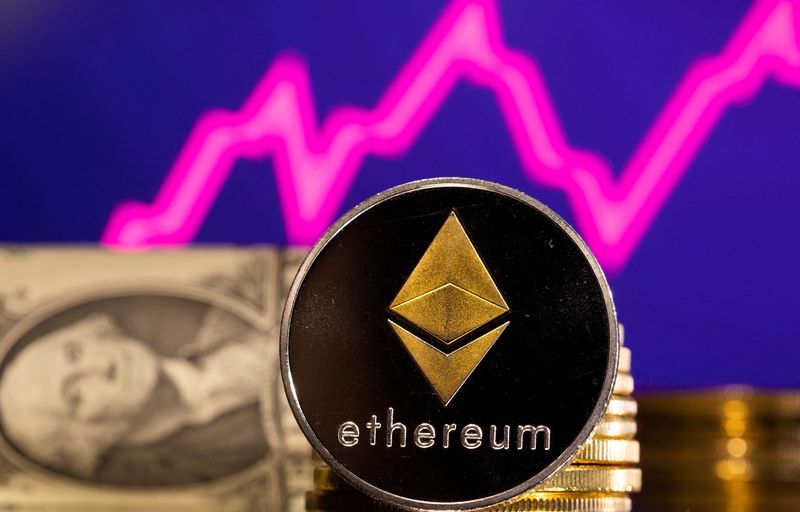NEW YORK (Reuters) – The U.S. dollar edged up against the euro on Tuesday, as Federal Reserve policymakers said it is prudent for the U.S. central bank to wait several more months to ensure that inflation really is back on a path to the 2% target before commencing interest rate cuts.
Against other currencies, the greenback was mostly flat ahead of the U.S. Memorial Day holiday next week.
“Amid a paucity of economic data catalysts this week, trading ranges have narrowed across currency markets. The dollar remains on a solid footing however, bolstered by a drumbeat of high for long messages from Fed officials,” said Karl Schamotta, chief market strategist, at Corpay in Toronto.
Fed Governor Christopher Waller told the Peterson Institute for International Economics in Washington, on Tuesday, he would need to see several more months of good inflation data before he would be comfortable supporting an easing in the stance of monetary policy.
Waller, however, did put a pin in any speculation that interest rates may need to rise again for demand to soften enough to ease price pressures further, saying the latest inflation data is “reassuring” and the probability of a rate hike is “very low.”
Atlanta Fed Chair Raphael Bostic also spoke on Tuesday and warned against cutting rates too quickly. The Fed, he said, needs to be cautious about approving its first rate cut to be sure it does not touch off pent-up spending among businesses and households, and put the central bank in a position where inflation starts “bouncing around.”
“Fed speakers are driving the market – and they, so far, haven’t said anything traders didn’t expect,” said Helen Given, FX trader, at Monex USA in Washington.
“Barring a surprise from the FOMC (Federal Open Market Committee) minutes tomorrow afternoon, it’s likely that this could stay a fairly quiet week.”
Fed Chair Jerome Powell, in his press briefing after the Fed held rates steady earlier this month, also ruled out rate hikes.
“What that does is it takes out the tail-risk scenario that the Fed is still thinking about hikes because they are effectively questioning their assumption that rates are restrictive enough,” said Vishal Khanduja, co-head of Broad Markets Fixed Income at Morgan Stanley Investment Management.
The euro was 0.05% lower at $1.0852.
Investors will be watching Thursday’s data from the European Central Bank negotiated wage tracker and the euro zone Purchasing Managers’ Index which could provide further clues about the monetary cycle in the euro area.
On Tuesday, the U.S. currency slipped 0.04% against the Japanese yen to 156.20.
This dollar-yen pair has moved in tight ranges in the past couple of trading days after a tumultuous start to May in the wake of suspected rounds of currency interventions by Tokyo to prop up the yen.
Fears of intervention from Japanese authorities have deterred traders from pushing the yen to new lows. The yen dropped to more than 160 per dollar on April 29, its weakest in 34 years.
CRYPTO GAINS
In cryptocurrencies, ether was set for its largest two-day gain in nearly two years and bitcoin approached a record high on speculation about the outcome of applications for U.S. spot exchange-traded funds that would track the world’s second-biggest cryptocurrency.
Ether was 6.5% higher at $3,728.70 after earlier hitting $3,838.80, its highest level since mid March. It surged nearly 14% in the previous session – its largest daily percentage gain since November 2022.

Bitcoin broke above the $70,000 level and was last trading up 0.25% higher at $69,707. It hit its all-time high at $73,803.25 in March.
(This story has been refiled to fix the spelling of Morgan Stanley official’s last name to Khanduja, not Khanduha, in paragraph 10)
To read the full article, Click Here

